Get internationally recognized certification, practical knowledge, and hands-on training to launch your fitness career.
Enrolled Students
Active Students
Get certified with a course accredited by SPEFL-SC / Skill India. This program equips you with both practical skills and theoretical knowledge to become a successful fitness trainer. Learn exercise science, client assessment, program design, nutrition, and more—ideal for both aspiring trainers and fitness enthusiasts.
Complete the course and clear the MCQ test, practical, and viva to earn certifications in Fitness Training, First Aid, CPR & AED. You’ll also be prepared for the NETA-CPT Exam to further boost your fitness career.
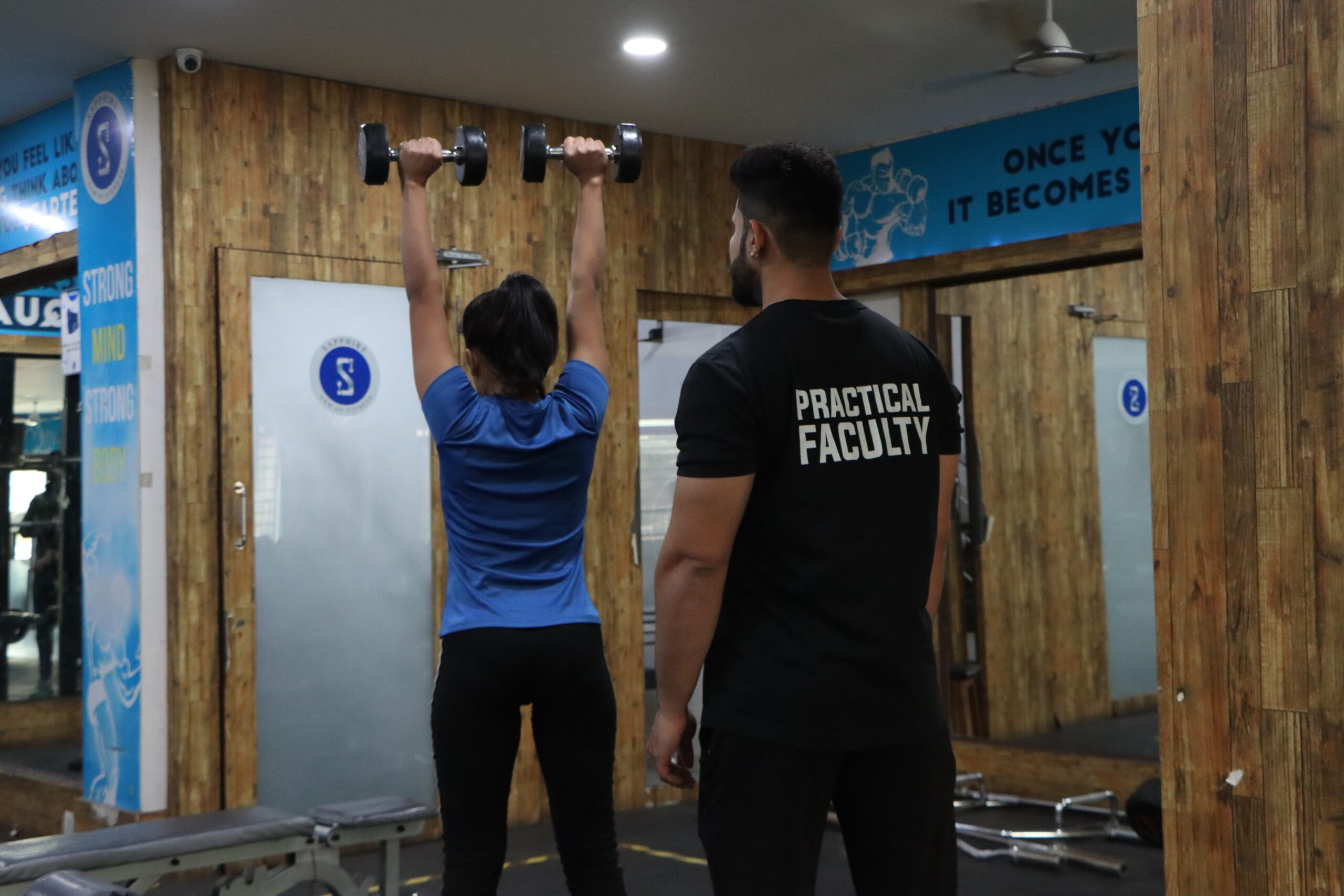

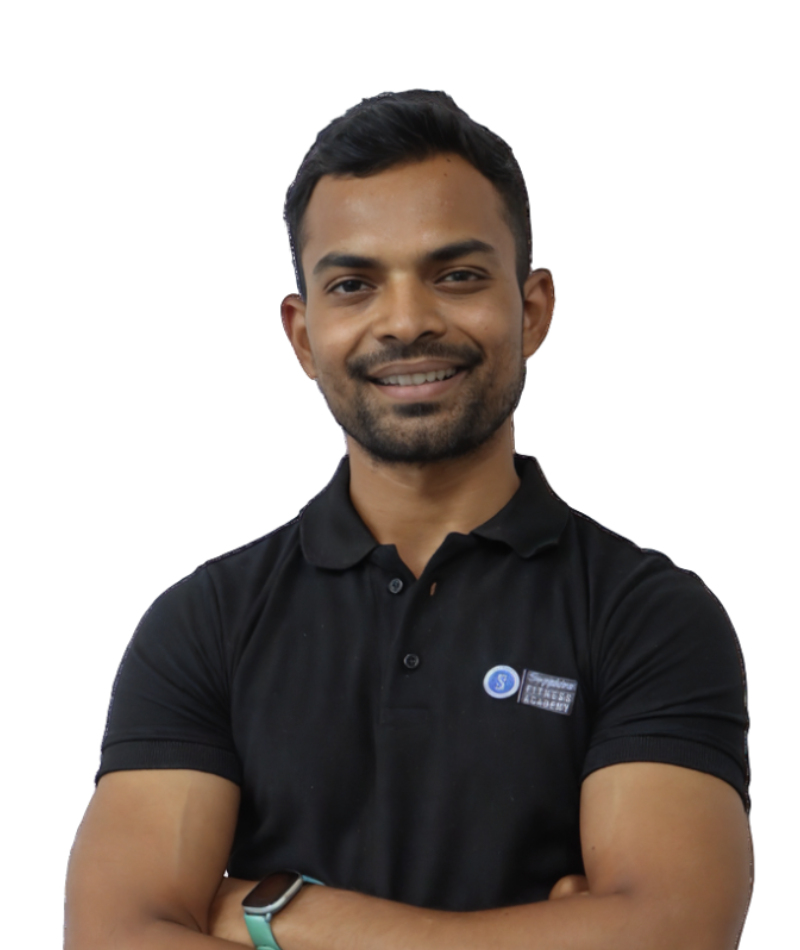
The Certified Personal Trainer (CPT) Course is one of the most in-demand certifications in fitness. With growing demand, trainers can earn up to ₹1 lakh per month through gyms, studios, online coaching, or freelance work. This program equips you with practical, job-ready skills and opens doors to a rewarding, high-growth career—perfect for fitness enthusiasts or anyone seeking a career switch.
Director | Sapphire Fitness Academy
AED/CPR & FIRST AID (Hands-on Training)
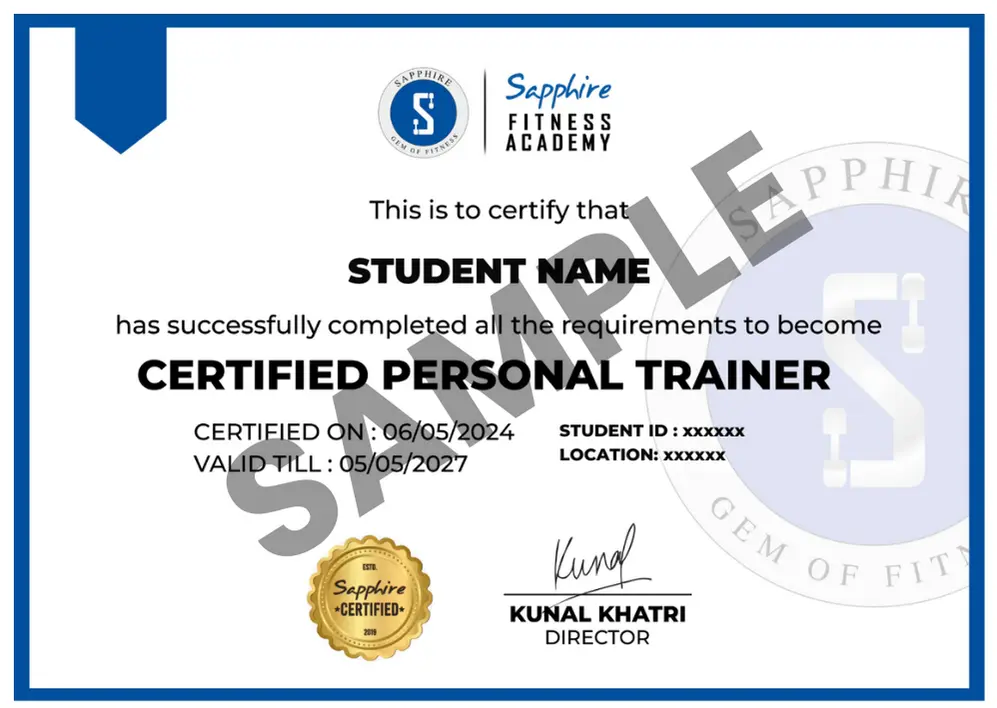
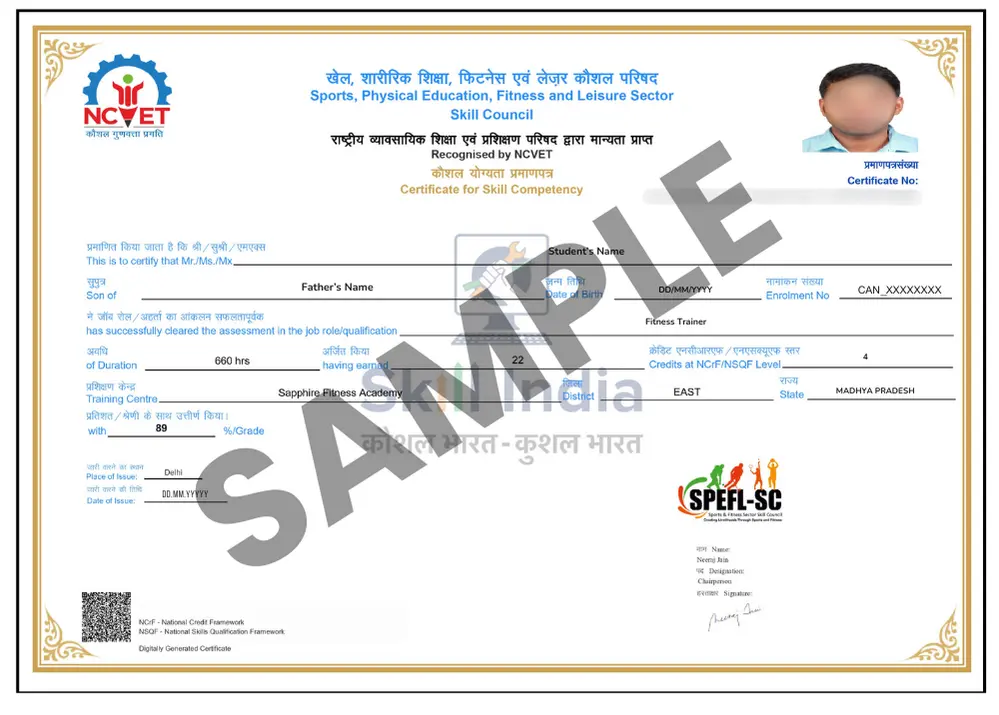
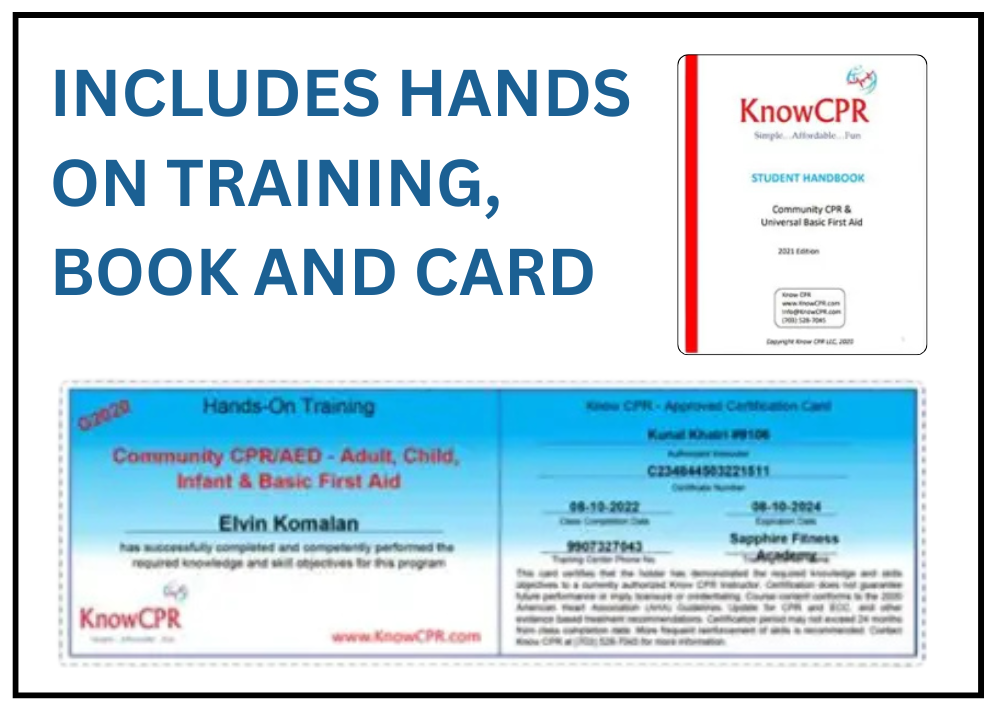
Theory: 38 & Practical: 19
200+ Hours
Weekdays: 4 Months (Monday to Friday)
Certified Personal Trainer
SPEFL-SC Fitness Trainer Level-4
AED/CPR & First Aid Card & E-book
Trustindex verifies that the original source of the review is Google. Sapphire Fitness Academy's Certified Advanced Sports Nutrition program is a great choice for anyone who wants to specialize in sports nutrition or who wants to learn on their own. It is easy to use, complete, and provides a lot of value. A wide range of subjects, teachers who are knowledgeable and supportive, and flexible course forms that make it easy for even professionals who are already working. They deliver more than they promise. In this fast paced life adapting the simple guidance of their nutrition would do wonders for both our health and lifespan. Kudos to team Sapphire !!!!!!!! Keep doing the great workTrustindex verifies that the original source of the review is Google. I m very happy and satisfied to be a part of sapphire... Very detailed analysis of each topic in very easy form... Special thanks to the faculty of sapphire Aniket sir, Kunal sir and special thanks to Anu mam she was very supportive thorough out the journeyTrustindex verifies that the original source of the review is Google. Very informative and engaging workshop Thanks sapphire’s facultiesTrustindex verifies that the original source of the review is Google. completed my certification as a sports nutritionist from this academy and had a great experience overall. The curriculum was comprehensive, the instructors were knowledgeable, and the practical, real-world applications of the material truly enriched my learningTrustindex verifies that the original source of the review is Google. I joined their Sports Nutrition programme. This course was truly a transformative experience for me. It provided insights and knowledge beyond what traditional education offers, particularly in sports nutrition. The faculty were not only supportive but also exceptionally adept at addressing questions, which significantly enhanced my learning. I highly recommend thier courses for anyone seeking to deepen their understanding and make meaningful strides in the fitness field. Thank you for this beautiful journey!! 💪👍Trustindex verifies that the original source of the review is Google. I would like to Thank you all faculties of sapphire Fitness for Providing such Knowledgeable & helpful course to us. Specially Thanku you Aniket sir for your support 🙏. Your teaching style is fabulous sir . Any student can understand your word easily which is best part of yours sir. I am grateful to be a student of Sapphire Fitness Academy.Trustindex verifies that the original source of the review is Google. First of all First fitness academy in indore. where you have multiple fitness course’s in the option and the faculty is very good they are very helpful overall experience is 10/10 you can join without hesitation ❤️Trustindex verifies that the original source of the review is Google. It was an amazing experience. I didn't expect it to be this interesting and informative. The teachers had deep knowledge of what they were teaching it was impressive totally worth the money and from start to end the academy was super supportive and kind, learned so much . Truley best money I ever spend thank you. 😊👍Trustindex verifies that the original source of the review is Google. 🌟 "Exceptional Learning Experience!" I recently completed the Advanced Sports Nutritionist Program with [Sapphire Fitness Academy], and I must say, it has been a transformational journey. The curriculum was well-structured, science-backed, and industry-relevant, covering everything from macronutrient calculations to supplements and sports performance strategies. This program has not only enhanced my expertise in sports nutrition but also given me the confidence to design effective nutrition plans for athletes and fitness enthusiasts. I highly recommend this program to anyone looking to excel in the field of sports nutrition and performance coaching. Thank you, [Sapphire Fitness Academy] and the entire "TEAM", for this incredible learning experience!Trustindex verifies that the original source of the review is Google. Best Academy I really like there teaching method they explain everything deeply. I highly recommend it is worth to join themVerified by TrustindexTrustindex verified badge is the Universal Symbol of Trust. Only the greatest companies can get the verified badge who has a review score above 4.5, based on customer reviews over the past 12 months. Read more
Enroll early and reserve your spot in our next batch — seats fill fast!

